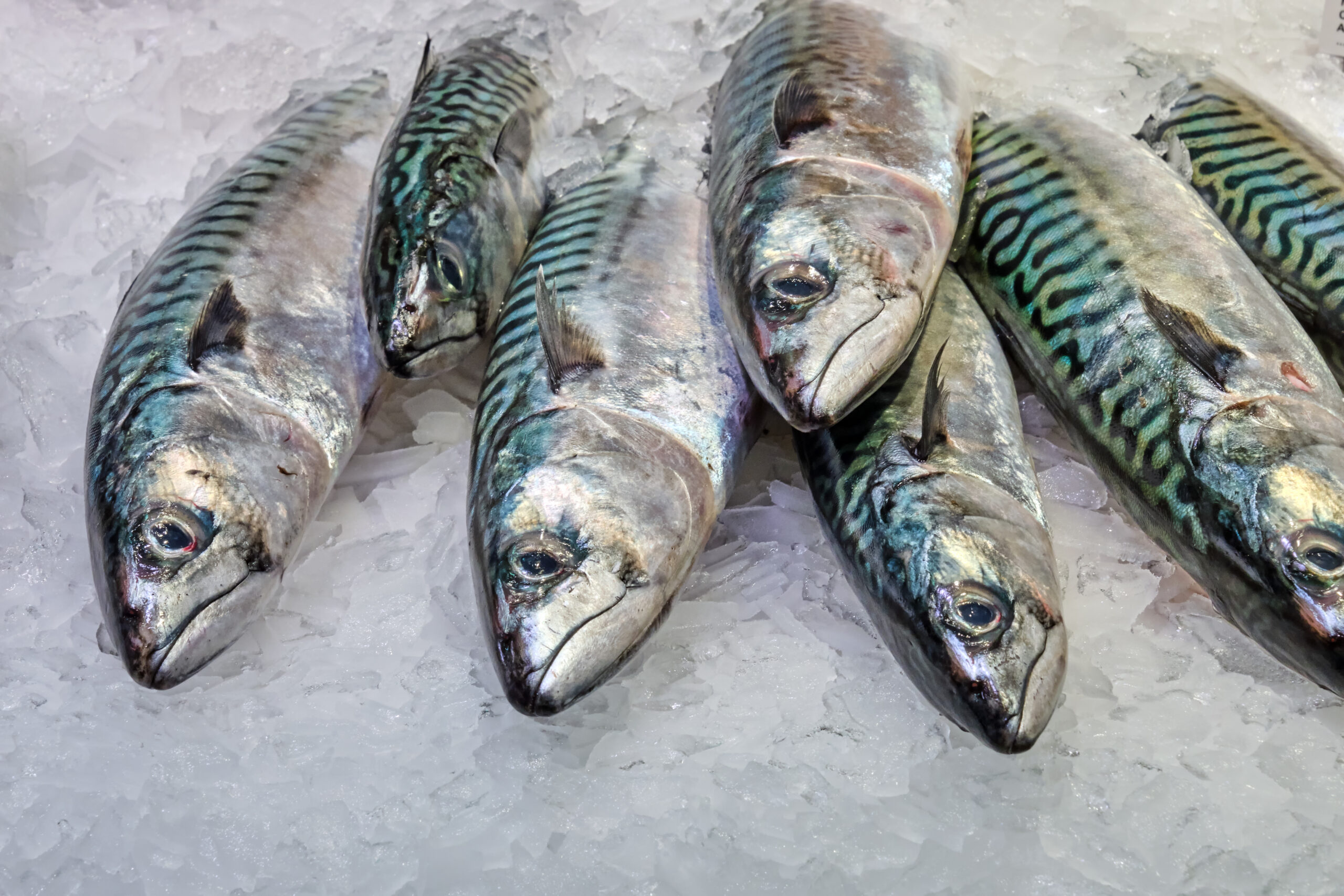
If you are environmentally conscious, you know that the fishing industry has caused major problems for our oceans. Because of overfishing by industrial fishing fleets, small-scale localised fishing has suffered, and fish populations have been decimated. While some would argue that the answer is a total stop to fishing, this is unrealistic. A better solution is to consume sustainable seafood, thinking carefully about the fish we eat and choosing responsibly sourced fish over those caught by unsustainable fishing practices. But what does sustainable seafood mean, in terms of practicality? Is seafood sustainable? Let’s take a deep dive into this topic.
What is sustainable seafood, anyway? Properly managed, sustainable seafood is an incredibly environmentally efficient source of protein- perhaps the best on the planet. By managing wild-caught and farmed seafood appropriately, we can ensure that sustainable seafood supply continues to remain available for consumption. The best sustainable seafood practices for those in the fishing industry are to consider the social and economic outcomes of their fishing strategies, prevent overfishing, help rebuild depleted stock, protect protected species, and identify and conserve essential fish habitat. But how can consumers be part of the solution?
First, it is important to know which fish to avoid. Data from the UN indicates that the fish stocks within biologically sustainable levels are on the decline, worsening every year, meaning that fish consumption needs to be dramatically reduced. In the UK, only one-third of the fish upon which the fishing industry relies are considered to be at healthy levels of stock. The bad news is that the most popular fish to eat are the ones that should be avoided, when possible, to allow their populations to recover. The “big five” to avoid are cod, haddock, salmon, tuna, and prawns. While these can be sustainably sourced in some cases, it is a better option to choose more unusual fish. This really should not be a problem, as there are over 150 different species of fish in British waters, giving us plenty of variety from which to choose.
Now that we have told you what not to eat, what fish should you eat? We advise you to look at the Marine Conservation Society (MCS) Good Fish Guide, which uses a five-tiered system to rank each seafood species from ‘Best Choice’ to “Fish to Avoid”, based on location, fishing methods used, and the species itself. The fish that are safe to consume in the UK include:
It should be noted that buying from small-scale UK fishermen is preferable to buying fish caught by industrial fishing fleets. Small-scale fishermen are far less impactful on fish stocks because of how they fish, making their seafood more sustainable. Another sustainable practice for the consumer is to focus on shellfish. Oysters, mussels, cockles, and whelks are less popular in the UK now than they were in the 19th century, and in fact, about 85 percent of British shellfish is exported. Shellfish are quite sustainable, though, particularly bivalves, which are the most environmentally sound species of farmed food. Bivalves, molluscs with a hinged shell like mussels, oysters, clams, and scallops, are also extremely nutritious, with high levels of Omega-3 fatty acids and a host of micronutrients. Farming them is easy, because they eat microscopic matter found in water, but commercial dredging of wild species is not a sustainable practice. As long as you choose farmed shellfish, you are choosing extremely sustainable seafood.
If you are looking for sustainable seafood and produce, look no further than fish! Established in 1999, fish! was the first restaurant in Borough Market and, indeed, the first restaurant of its kind in London.
With a focus on providing our customers with the best quality fish, cooked in front of them, in simple and classic ways, we are committed to quality and responsible sourcing. Because we are centrally located in Borough Market, London’s best produce is easily accessible. In fact, we source most of our produce from Borough Market, and our fish is delivered daily from our own fishmonger, Jarvis, renowned for its extensive range of the very freshest fish and seafood.
Our stunning glass and steel space was originally a Victorian pea-shelling warehouse, and diners enjoy 360-degree views of the market, Southwark Cathedral, and The Shard, as well as soaking in the atmosphere of our beautiful open kitchen.
For those looking for a retreat from the chaos of the market, our heated terrace is open all year round, and it is also available for private hire. To make an enquiry or request a reservation, call 020 3376 6234 or contact us through our website.